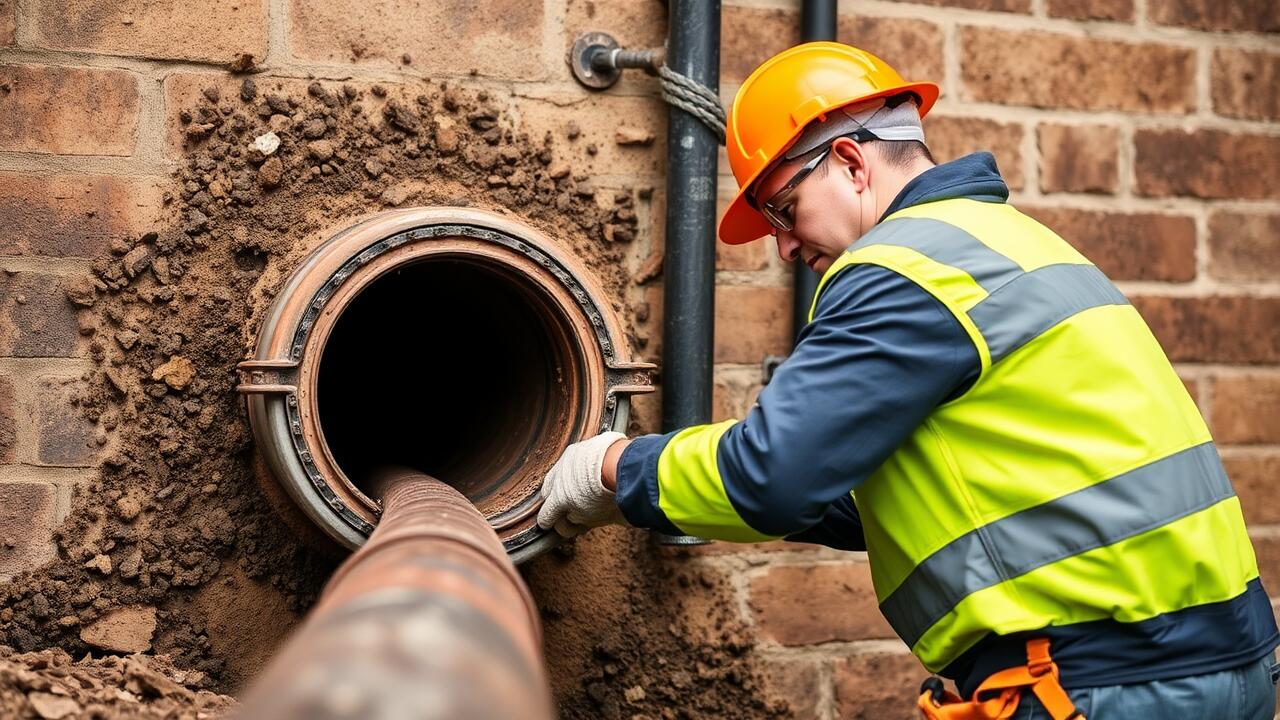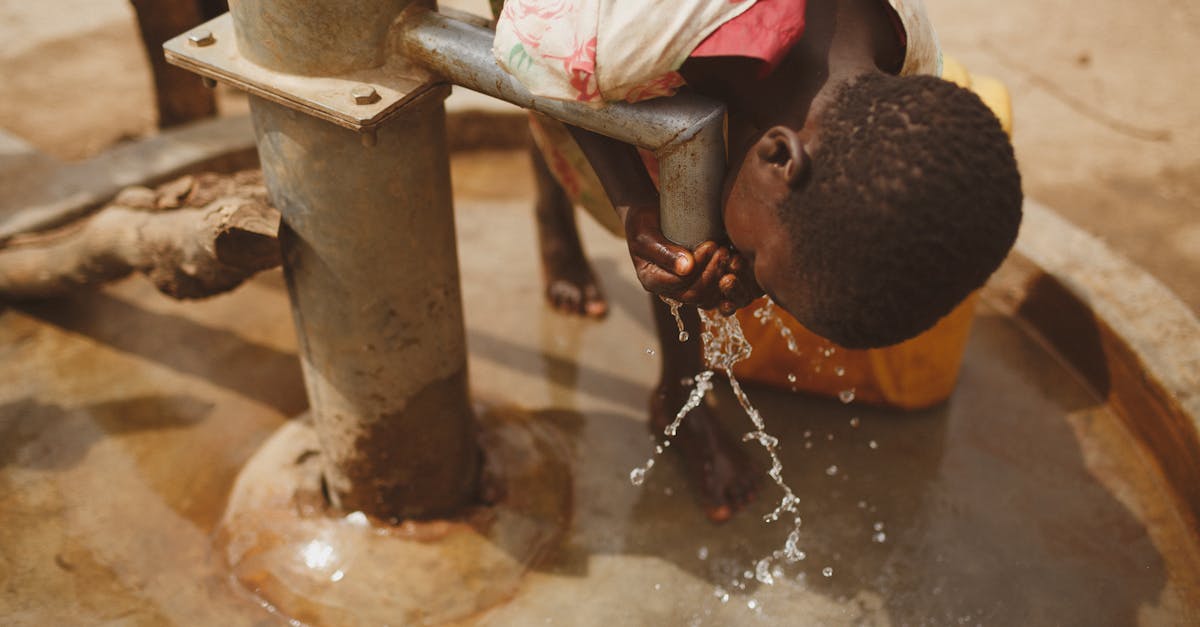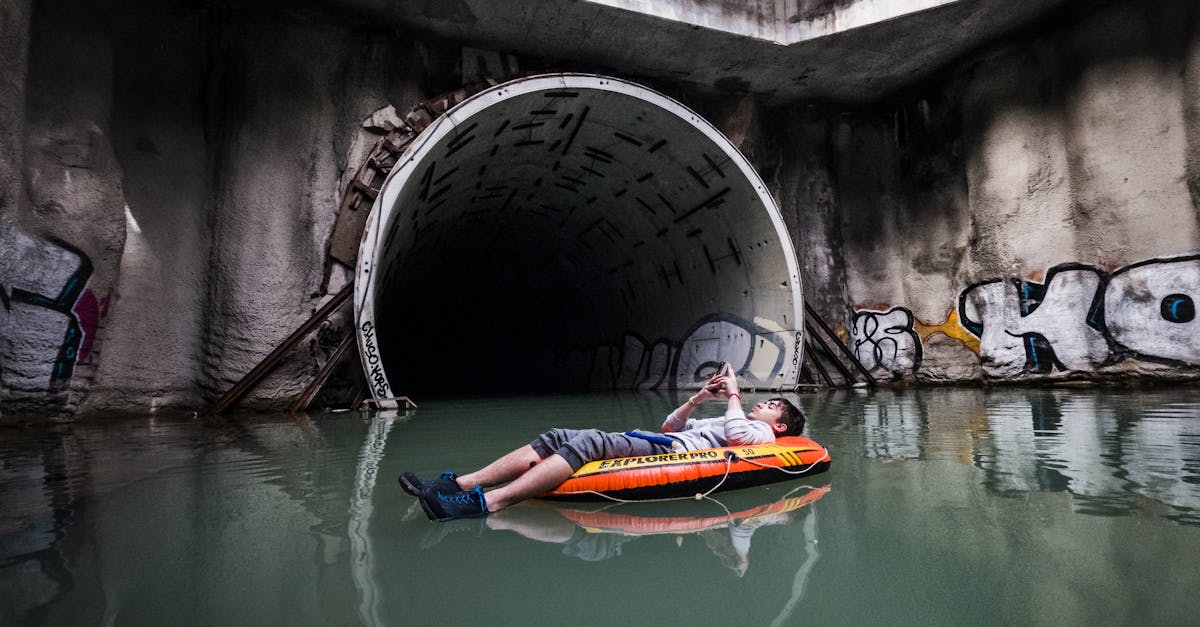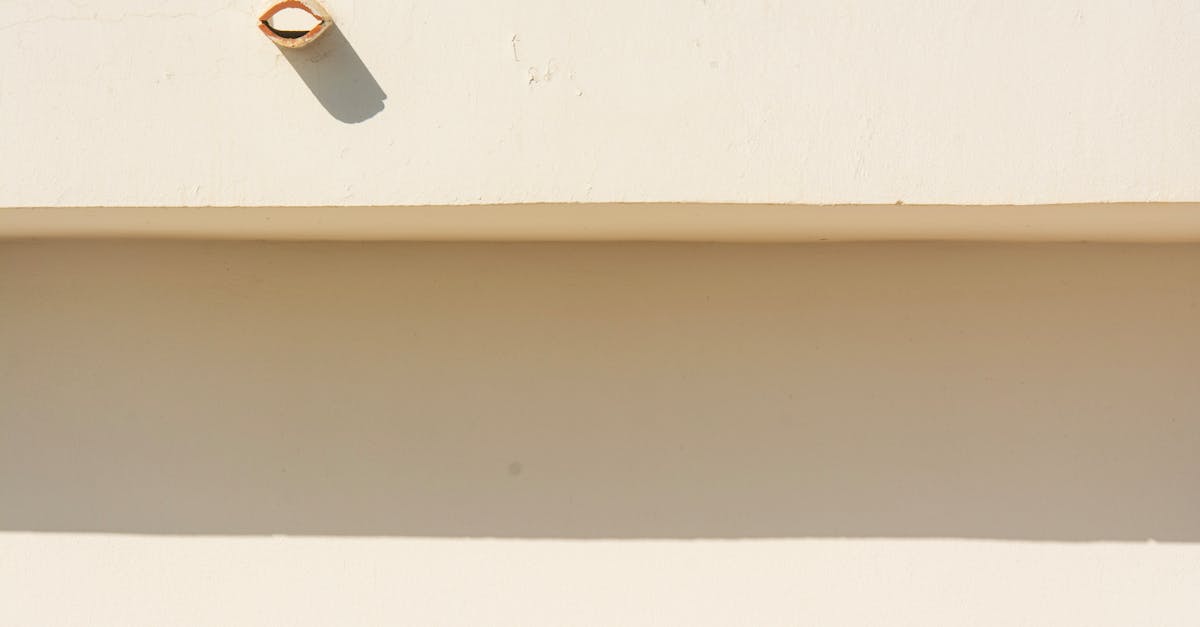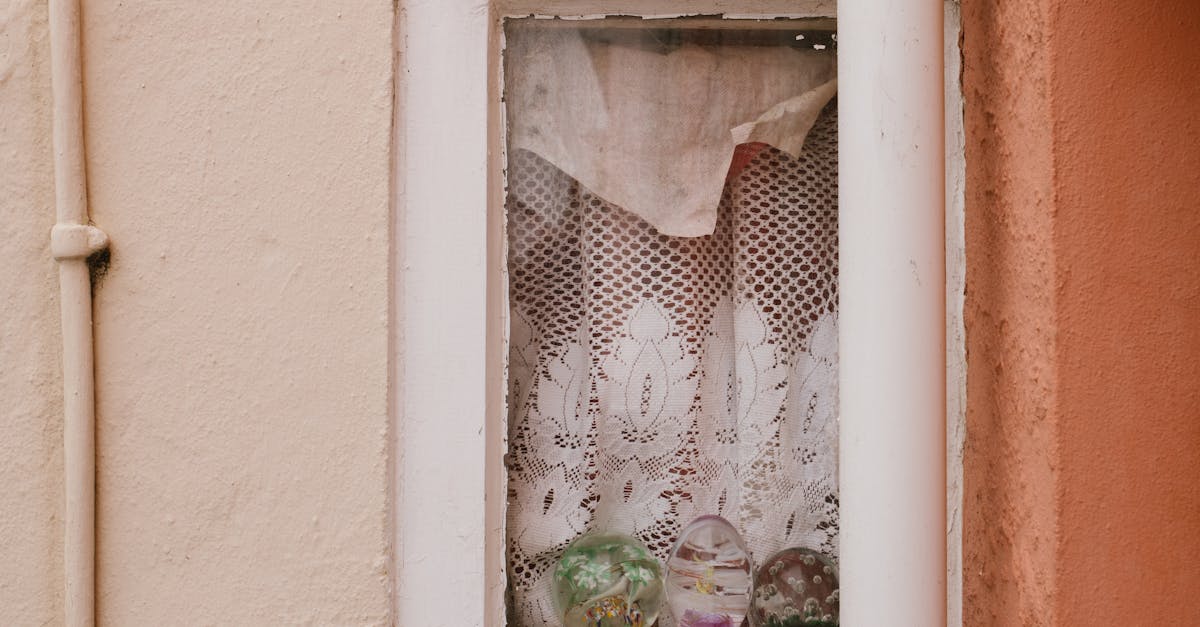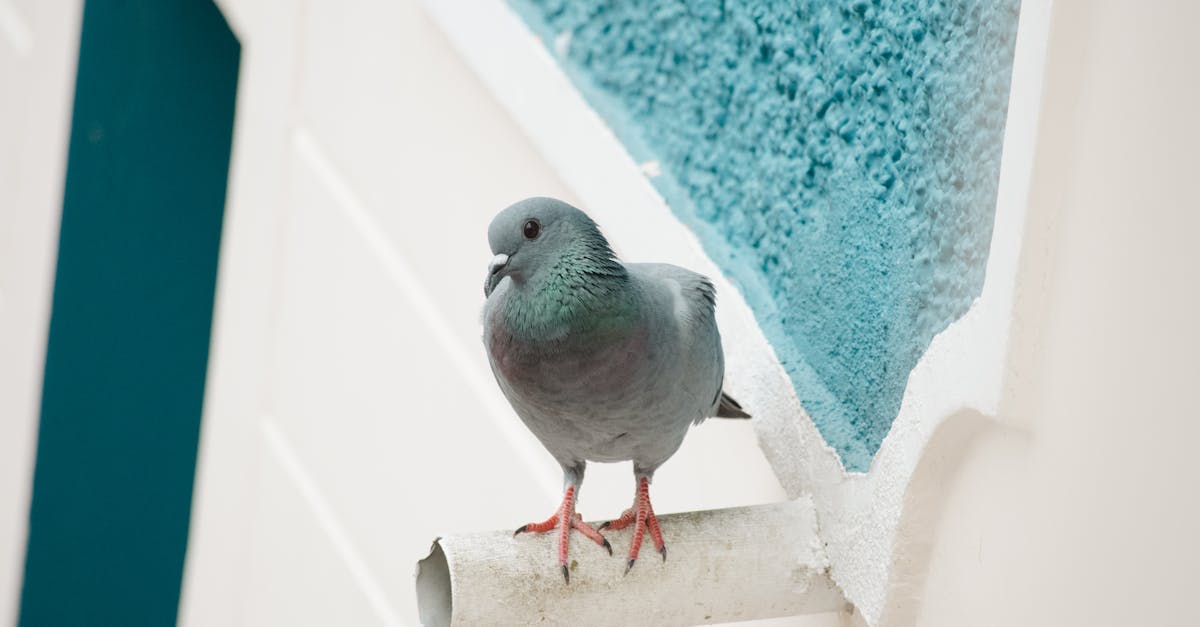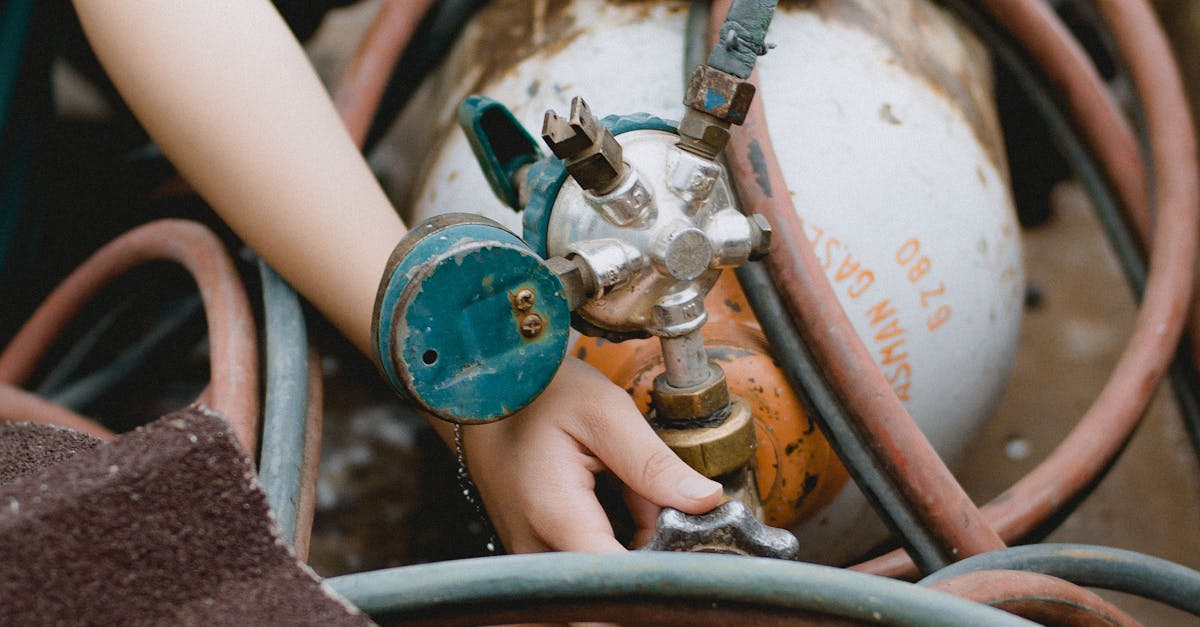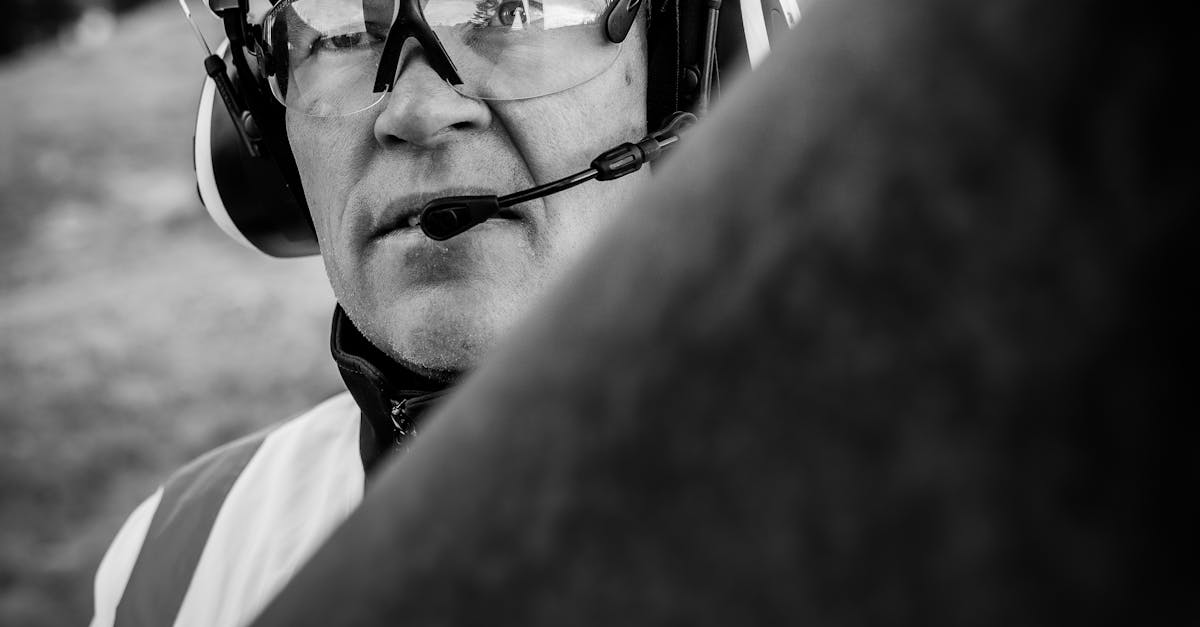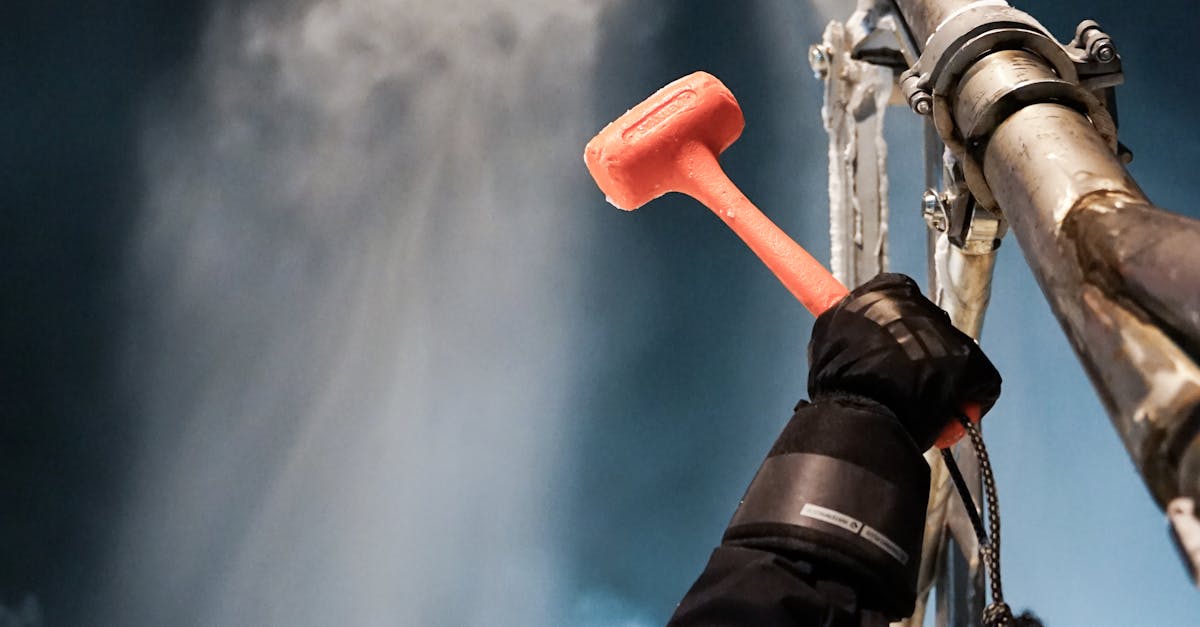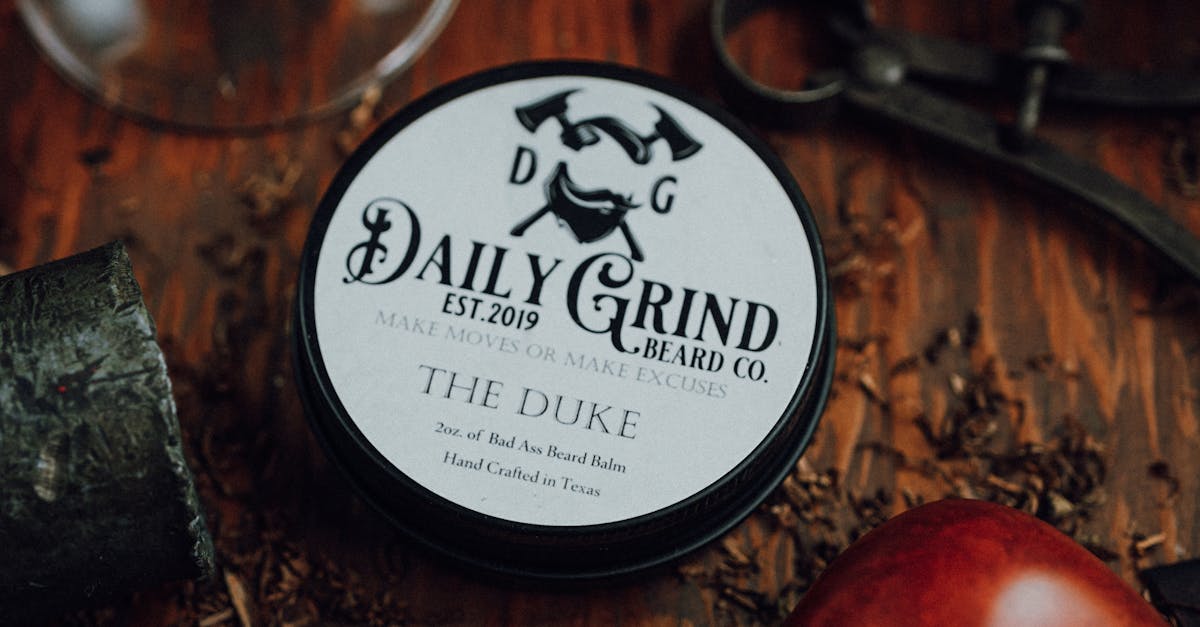
Table Of Contents
The Relining Process Explained
Pipe relining is a modern plumbing technique used to repair damaged pipes without the need for extensive excavation. This process involves inserting a flexible liner coated with epoxy resin into the existing pipes. Once installed, the liner is inflated and allowed to cure, forming a strong and seamless barrier against leaks and corrosion. The structural integrity of the original pipe is enhanced, ensuring a long-lasting solution to issues such as cracks and blockages.
The relining process is generally quicker and less disruptive than traditional pipe replacement methods. It minimises the impact on landscaping and infrastructure, making it a more convenient option for homeowners. Inspection technologies, like CCTV, are often used to assess the condition of pipes before relining begins. This ensures that the existing issues are accurately identified, allowing for effective repair strategies that prolong the life of the plumbing system.
StepbyStep Guide
The pipe relining process begins with the identification of any leaks or damage within the existing galvanized pipes. This is typically achieved through a thorough inspection using cameras that can navigate the interior of the pipes. After assessing the condition, the next step involves preparing the pipe surface. This can include cleaning the pipes to remove any debris, build-up, or corrosion that may interfere with the adherence of the relining material.
Once the preparation is complete, a flexible liner coated with resin is inserted into the damaged pipe. The liner is then inflated to ensure it fits snugly against the inner walls. Heat or ultraviolet light is applied to cure the resin, effectively creating a new, durable pipe within the old one. Once cured, the new linings restore the structural integrity of the pipes and improve water flow, all without the need for extensive excavation.
Suitable Materials for Relining
When considering options for pipe relining, several materials stand out due to their durability and effectiveness. Epoxy resin is a popular choice as it creates a strong, seamless lining that adheres well to existing pipes. This material is resistant to corrosion and can withstand various environmental conditions, making it ideal for long-term use. Another option is polyester resin, which offers flexibility during installation and solid performance in terms of structural integrity.
In addition to resin choices, there are also various liners available that enhance the pipe relining process. Felt liners, commonly made from fibreglass, can be impregnated with resin and placed inside the damaged pipe. Once cured, these liners form a robust barrier against leaks and further deterioration. This variety of materials allows for tailored solutions based on the specific requirements of each project, ensuring that the relined pipe will meet the demands of its environment.
Commonly Used Options
When considering options for pipe relining, epoxies are among the most frequently used materials. These coatings provide a robust and long-lasting solution, effectively sealing leaks and preventing future deterioration. Epoxy resins can bond well with existing pipe materials, creating a seamless protective layer that enhances the structural integrity of the pipes while also being resistant to corrosion.
Another popular choice is the use of polyester resins. These materials are particularly praised for their flexibility and ease of application. Polyester-based pipe relining systems adapt well to various pipe shapes and sizes. Their application can help restore the flow capacity of a pipe while offering a smooth internal surface that reduces friction and blockage risks. Both options present viable solutions for maintaining and prolonging the life of existing pipes.
Comparing Relining with Replacement
Pipe relining offers a cost-effective alternative to traditional replacement methods. This process allows existing pipes to be rehabilitated without the extensive excavation often required during replacement. It reduces disruption to surrounding areas, making it particularly advantageous for properties with landscaping or concrete installations. The durability of the new lining can extend the life of the pipes significantly, potentially saving homeowners from future hassles.
On the other hand, replacing old pipes can sometimes be the more straightforward solution, especially in cases where the damage is extensive or the existing infrastructure is compromised. Although this method may involve higher upfront costs and more significant disruption, it provides a clean slate with entirely new piping. Homeowners must weigh these aspects, considering factors such as long-term durability, cost, and the extent of deterioration when deciding between pipe relining and replacement.
Pros and Cons of Each Approach
Pipe relining offers a range of benefits that appeal to homeowners looking for a cost-effective solution. It typically involves a less invasive process than completely replacing the pipes, reducing disruption to landscaping and existing structures. Additionally, relining can extend the lifespan of the pipe system, potentially preventing future issues. It also requires less time to complete, meaning less inconvenience for residents.
On the other hand, there are some drawbacks to consider with pipe relining. The initial costs can still be substantial, and the method may not be suitable for all types of damage or systems. In some cases, if the original pipe is significantly compromised, relining could provide a temporary fix rather than a permanent solution. This may lead to recurring problems down the line, prompting the need for eventual replacement, which can be more expensive in the long run.
FAQS
Can galvanized pipes be relined?
Yes, galvanized pipes can be relined, and this process involves applying a liner to the interior of the pipes to restore their functionality and extend their lifespan.
What materials are commonly used for relining galvanized pipes?
Commonly used materials for relining include epoxy resins, polyurethane coatings, and other advanced composite materials that provide a durable and water-resistant barrier.
How does the relining process work?
The relining process typically involves cleaning the inside of the pipe, applying the chosen lining material, and allowing it to cure, forming a new pipe within the existing one.
What are the advantages of relining over replacing galvanized pipes?
Relining can be less invasive, usually costs less, and requires less time compared to full replacement. It also helps maintain the existing infrastructure, reducing the need for extensive excavation.
Are there any disadvantages to relining galvanized pipes?
Potential disadvantages include the possibility of not fully addressing significant structural issues, and the longevity of the relined pipe may vary based on the materials used and the condition of the original pipes.
